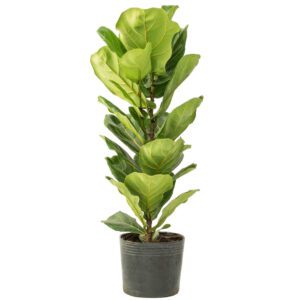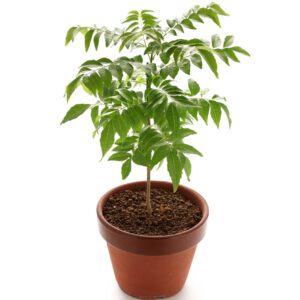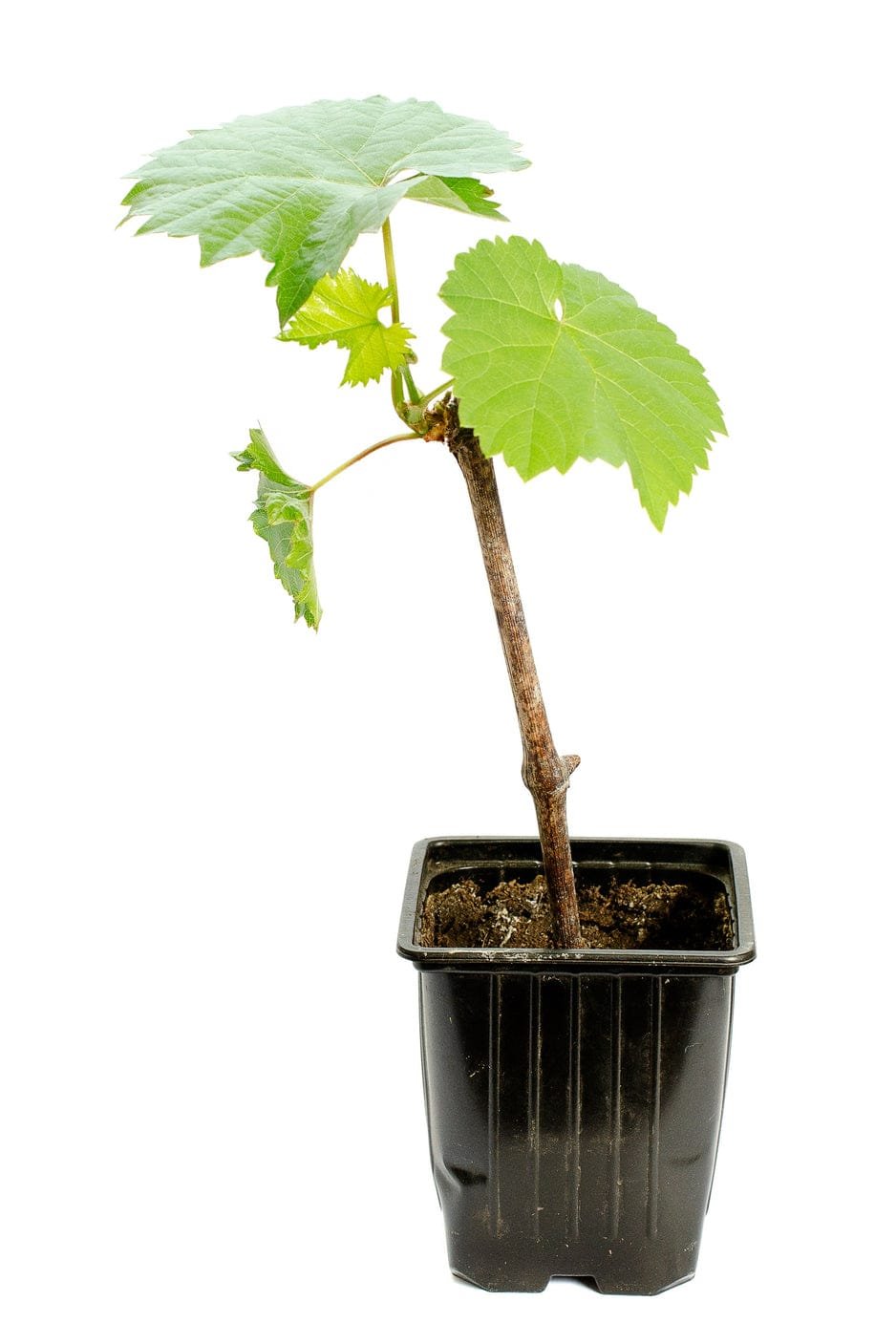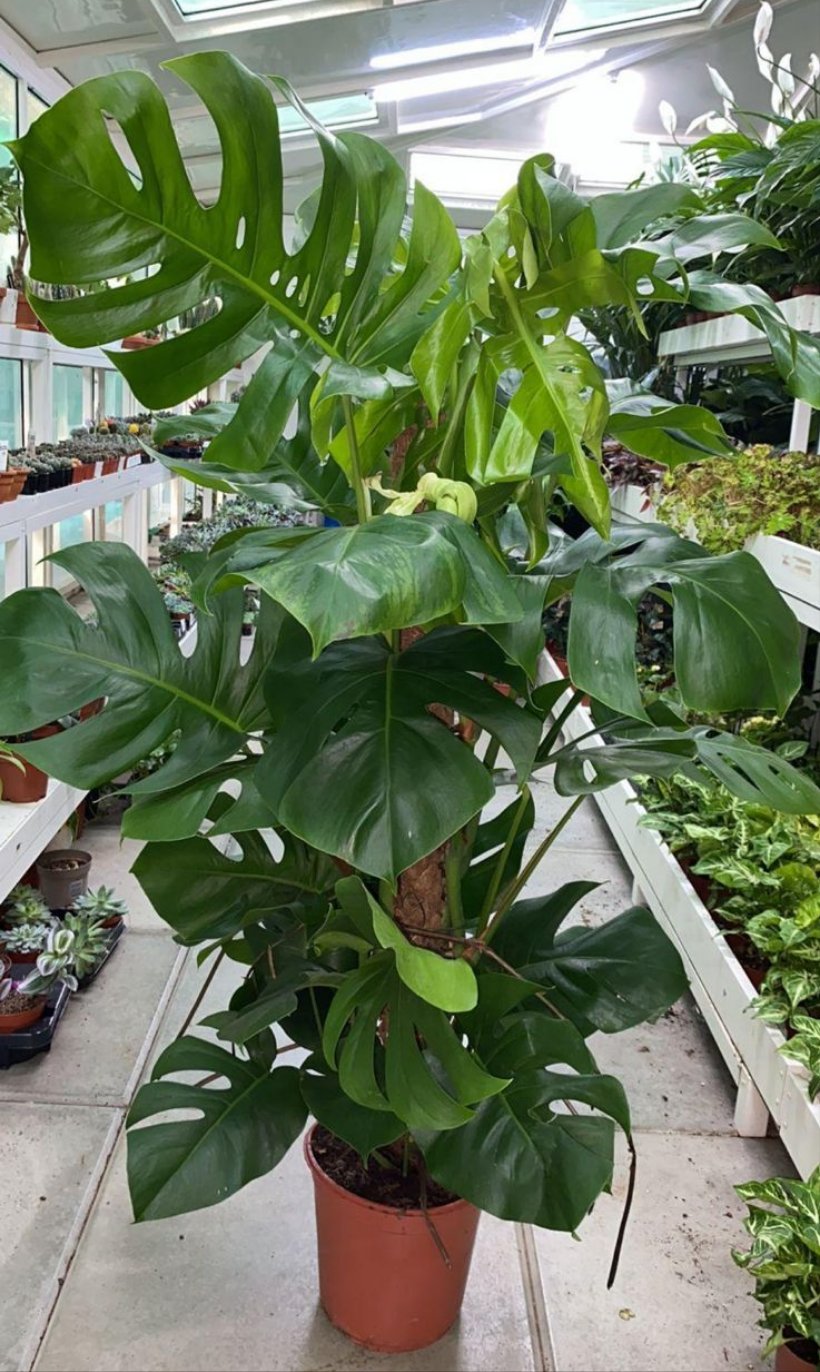Tamarind Tree – Tamarindus Indica
Origin: Tropical Africa
The Tamarind Tree is a large, tropical tree renowned for its sweet and sour fruit. It has a spreading canopy, feathery leaves, and long, brown seed pods. Tamarind fruit is widely used in various cuisines, particularly in Asian and Middle Eastern dishes.

Tamarind Tree – Tamarindus Indica
Description
The Tamarind Tree, scientifically known as Tamarindus indica, is a majestic tree that can reach heights of up to 100 feet. It is native to tropical Africa but is now cultivated in many tropical and subtropical regions worldwide. The tree’s feathery leaves create a dense, shade-providing canopy. Its fruit, the tamarind pod, is a long, brown legume that contains a sweet and sour pulp surrounding dark brown seeds. Tamarind pulp is used in a variety of culinary applications, including chutneys, sauces, and beverages. It is also valued for its medicinal properties and its use in traditional medicine.
Plant Care:
- Light: Tamarind trees thrive in full sunlight.
- Water: While young, water regularly to establish a strong root system. Once established, they are drought-tolerant.
- Soil: Tamarind trees prefer well-draining, sandy loam soil.
- Temperature: They thrive in warm, tropical climates and are sensitive to frost.
- Fertilizer: Apply a balanced fertilizer once or twice a year during the growing season.
- Pruning: Prune to shape the tree and remove dead or diseased branches.
- Propagation: Tamarind trees can be propagated by seed or grafting.
Please note that growing a Tamarind Tree from seed can be a lengthy process. It’s often easier to purchase a young sapling or a mature tree.
Additional Information
| Size | 100cm – 130cm, 150cm – 190cm, 200cm – 250cm |
|---|
Disclaimer
The image displayed is for reference only. The actual product may differ in shape, appearance, climate, age, height, and other factors. Plants will be delivered in plastic pots unless the customer explicitly selects a different pot option.
All information provided is shared in good faith. However, we make no representations or warranties of any kind, express or implied, regarding the accuracy, adequacy, validity, reliability, availability, or completeness of the information on this site.



















